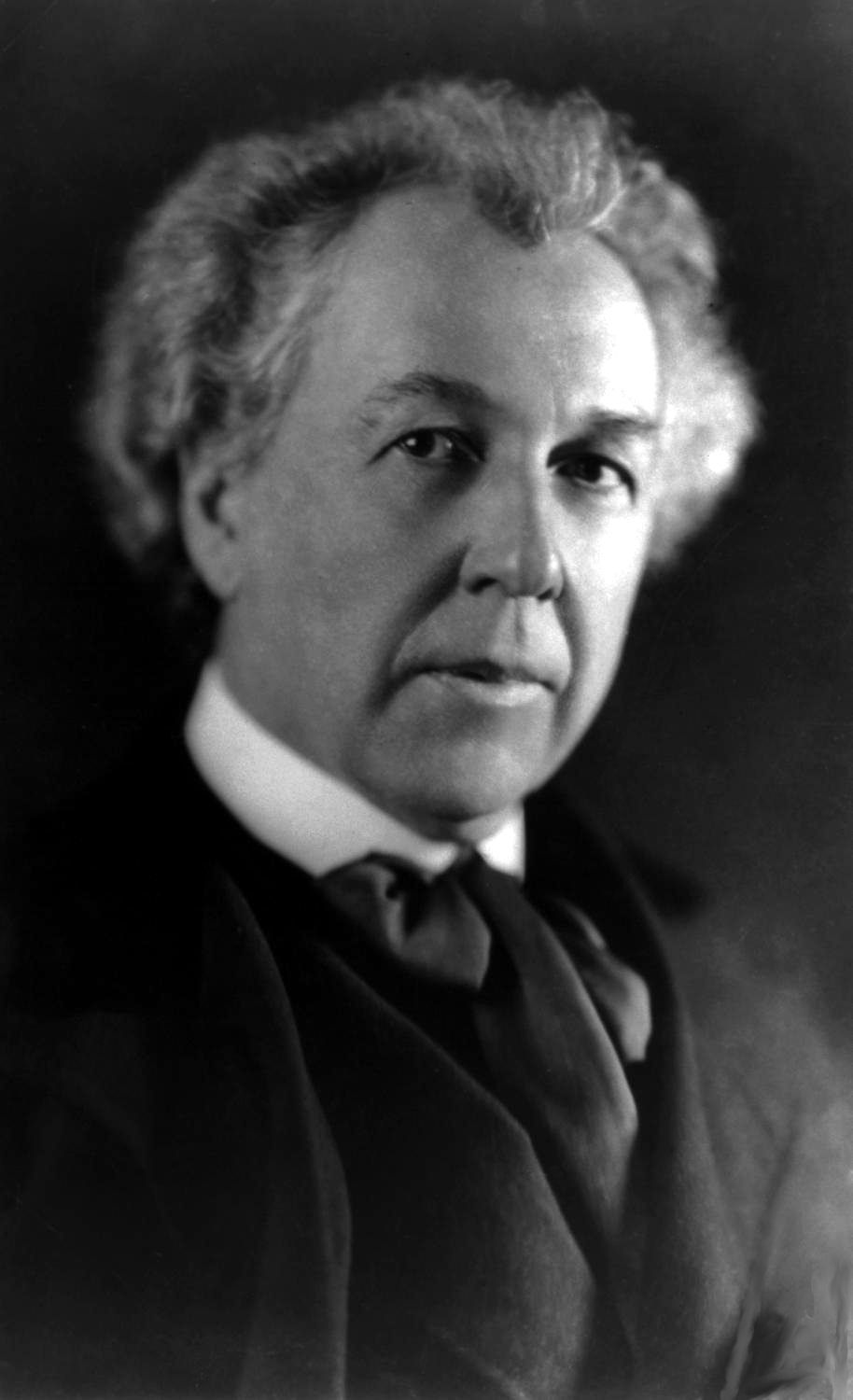 |
| Frank Lloyd Wright |
Frank Lloyd Wright was an architectural genius who designed and oversaw the construction of many famous buildings in the late 1800's and early 1900's. His beautiful designs and his knack for building one-of-a-kind structures made him very famous during his lifetime. That is why, in 1914, people were shocked to hear that Frank’s house–Taliesin–was set ablaze and seven of his friends and loved ones were murdered on the property. At the time, Frank Lloyd Wright’s mistress and her two children were living at the home. One of their own servants was responsible for the tragedy.
In 1909, Frank Lloyd Wright left his wife and children for a woman named Mamah Borthwick Cheney. Mamah was the wife of one of Frank’s clients. She left her husband and took her two children to go live with Frank. The couple spent the next few of years traveling in order to avoid the negative stigma of their affair.
Frank Lloyd Wright built Taliesin in 1911 in Spring Green, Wisconsin. Mamah, her children and Frank moved into Taliesin soon after it was finished. The site chosen by Wright for Taliesin was dear to the architect’s heart. He spent much of his youth at a farm his uncle worked in at Spring Green and he grew to love the valley. Taliesin was built for Frank’s personal use and after its construction he used it as a residence on and off for the rest of his life. He even had the building renovated after the horrific murders so that he could continue using it.
On August 15, 1914, tragedy struck at Taliesin. Wright was away on business in Chicago and Mamah, her two children, John age 11, and Martha age nine, a foreman named Thomas Brunker, two draftsmen named Emil Brodelle and Herb Fritz, a gardener named David Lindblom, a carpenter named William Weston and his son Ernest age 13, also two servants, Julian and Gertrude Carlton remained at Taliesin. That night, Julian served Mamah and her children dinner on the porch, the rest of the group ate in the dining room. While the group ate, Julian asked Weston for permission to use some gasoline to clean a rug; Weston agreed. Within minutes of this request, chaos broke out at Taliesin.
Julian took the gasoline, poured it all over the door to the dining room and set it on fire. The occupants of the room were then forced to escape through the window. Julian had a hatchet which he used to kill Mamah and her children before going to wait outside of the dining room window. Herb Fritz was the first through the window and he suffered only minor injuries before fleeing. William Weston came next and when he made it through Julian was waiting for him. He hacked Weston twice with the hatchet before leaving him for dead. Weston survived however, and ran for help. Emile Brodelle was murdered upon his exit through the window. Ernest Weston and David Lindblom both received serious injuries, but managed to escape with the help of their friends. Sadly, they both died later.
There were only three survivors of the murders at Taliesin. Julian’s wife Gertrude escaped the fire through the basement, though she later claimed to have no prior knowledge of Julian’s intentions. William Weston and Herb Fritz both survived their injuries. Julian Carlton was found hours after the murders, he had swallowed acid and died a few weeks later. A motive for the murders at Taliesin has never been discerned.
Sources
PBS, Weekly Home News, August 20, 1914, “Murderer of Seven Sets Fire to Home of Frank Lloyd Wright Near Spring Green, Wright at the Time, retrieved 6/30/09, pbs.org/flw/buildings/taliesin/taliesin_wright02.html
Taliesin (studio), retrieved 6/30/09, wikipedia.en.org/taliesin_(studio)
Comments
Post a Comment